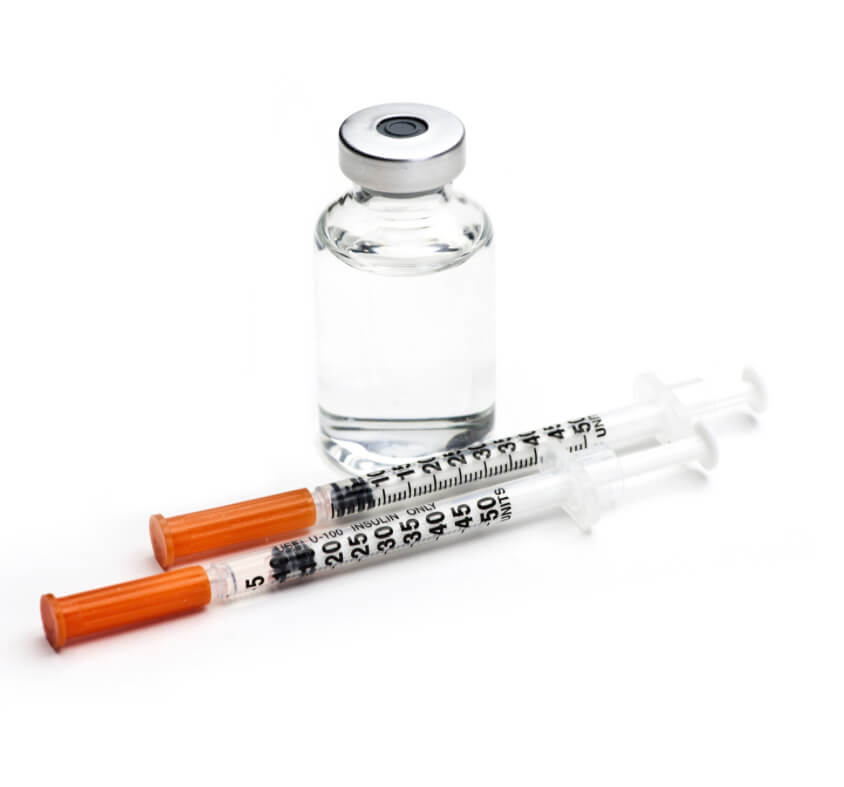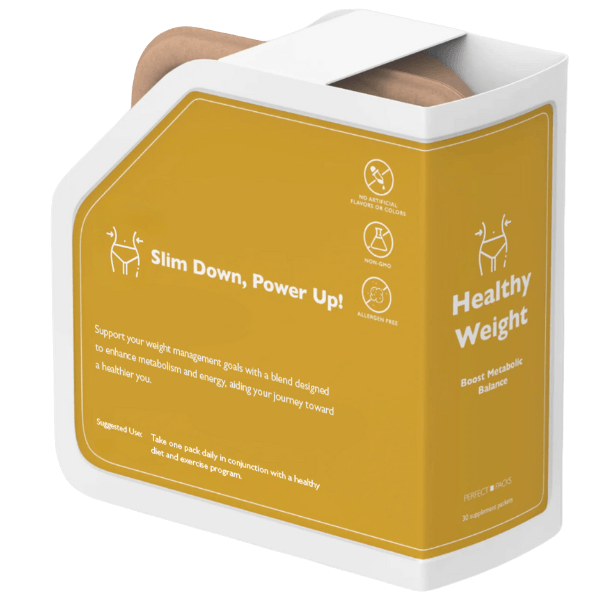We can supply Ozempic, Rybelsus, and Wegovy brand drugs (based on semaglutide), Mounjaro brand (based on tirzepatide), as well as a compounded version of semaglutide. Both require a healthcare provider’s prescription. Click here to learn more about compounded medications.
Tirzepatide is an injectable prescription medicine that is used to treat adults with type 2 diabetes. It is prescribed along with diet and exercise to improve control of blood sugar levels. Tirzepatide can be used as a single therapy or with other diabetes medicines. Tirzepatide has been approved by the FDA as a weight-loss medication in the form of the new drug Zepbound for patients who are overweight (BMI between 27 and 30 with at least one weight-related comorbid condition, such as dyslipidemia, hypertension, obstructive sleep apnea, diabetes, or cardiovascular disease) and patients who are obese (BMI higher than 30).
Tirzepatide acts in much the same way as semaglutide, which is the generic component in Ozempic (for weekly injection) and Rybelsus (a daily oral medication), which are approved treatments for diabetes, and Wegovy, which is approved for weight-loss.
Tirzepatide supplies single molecule dual glucagon-like peptide-1 (GLP-1) receptor agonist plus glucose-dependent insulinotropic polypeptide (GIP). Semaglutide supplies only GLP-1. Tirzepatide activates the secretion of GIP and GLP-1 receptors in the gut when glucose or nutrients are eaten. These stimulate the secretion of insulin from the pancreas. They can also regulate food intake control centers in the brain.
These drugs also produce substantial benefits in sustainable weight reduction.
Tirzepatide is not for use in people with type 1 diabetes.
Dosage
Tirzepatide should be injected subcutaneously once each week on the same weekday at about the same time of the day. Do not use the same site for each injection, but administer in rotation weekly in the abdomen, thigh, or upper arm.
If taking insulin and Tirzepatide simultaneously, do not inject them mixed together in the same injection. You can administer injections of Tirzepatide and insulin in the same body area, but not right next to each other.
This text is for informational purposes only. Please consult with a doctor or pharmacist before using any medication.
Some of the most common side effects of tirzepatide are nausea, diarrhea, decreased appetite, vomiting, constipation, indigestion, and abdominal pain. If these persist or get worse, seek prompt medical attention.
Please note that not all possible side effects can be listed.
Warnings
In animal studies, it has been found that GIP/GLP-1RAs and similar drugs may cause thyroid tumors, including thyroid cancer. If there are any symptoms like a lump or swelling in the neck, hoarseness, trouble swallowing, or shortness of breath, these may be symptoms of thyroid cancer.
People who have any personal or family history of medullary thyroid carcinoma (MTC), or who have the endocrine system condition called Multiple Endocrine Neoplasia syndrome type 2 (MEN 2) should not be taking Tirzepatide.
Less frequently, Tirzepatide may cause serious side effects, including:
- Pancreatitis, caused by inflammation of the pancreas, which can cause severe pain in the stomach area that will not go away, possibly along with vomiting. Pain may spread from the abdomen to the back. If these symptoms present, stop using Tirzepatide and call for support right away.
- Low blood sugar (hypoglycemia) is possible if Tirzepatide is being used along with another medicine that can reduce blood sugar levels, such as sulfonylurea or insulin. Signs of low blood sugar can include dizziness or light-headedness; sweating; confusion or drowsiness; headache; blurred vision; slurred speech; shakiness; accelerated heartbeat; anxiety, irritability or mood changes; hunger; weakness; or jitters. If these symptoms occur, go to an emergency healthcare facility immediately and tell them what medications you have taken.
- Tirzepatide can cause a serious allergic reaction, such as swelling of the face, lips, tongue or throat; problems breathing or swallowing; severe rash or itching;, fainting or feeling dizzy; or very rapid heartbeat. Get medical help right away if any of these symptoms appear.
- Some gallbladder problems have occurred. Report to the healthcare provider immediately if there are symptoms of gallbladder problems, such as pain in the upper abdomen, fever, jaundice (yellowing of skin or eyes), or clay-colored stools.
Tirzepatide can be prescribed to treat adults with type 2 diabetes . It is not suitable for type 1 diabetes, and has not yet been approved for children under the age of 16.
The drug can lower blood sugar levels, but is not a cure for diabetes. Benefits may only begin to show after the first month. Do not stop taking Tirzepatide without talking to a doctor.
Treatment with GIP/GLP-1RAs produces significant reductions in the key measurement of blood sugar level, the hemoglobin HbA1c test. This test measures average blood sugar levels over a three-month period. In trials, patients receiving Tirzepatide reached an HbA1c of less than 7 percent, when the average starting HbA1c was between 7.9% and 8.6%. An HbA1c in a normal reading is below 5.7 percent, and diabetes is diagnosed when HbA1c reaches 6.5 percent or above.
Tirzepatide is approved for weight loss along with a calorie-controlled diet and moderate exercise.














